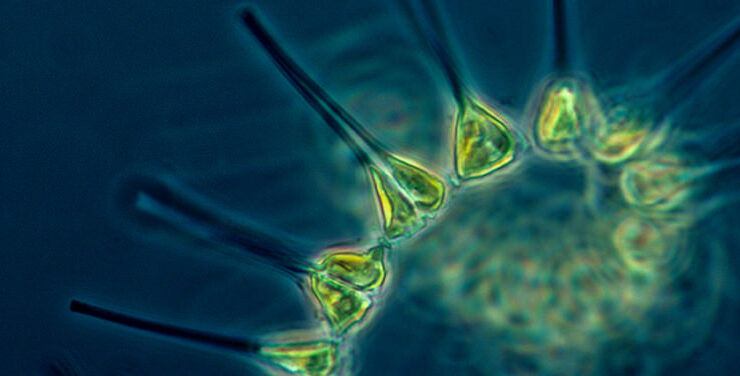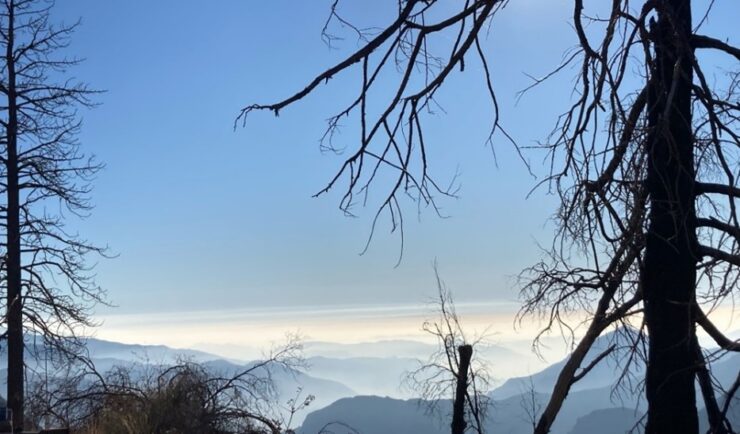- Success Stories
- Emergency Preparedness & Response
Webinar Support for Emergency Chemical Release Response
Our staff on contract with the Environmental Protection Agency’s (EPA) Scientific and Technical Assistance for Consequence Management Team recently provided support for the development, coordination, and moderation of a pre-Operational Testing and Evaluation of Chemical Remediation Activities webinar for EPA On-Scene Coordinators. The EPA Office of Research and Development presented on the use of provisional advisory levels (PAL). The EPA Office of Emergency Management CBRN Consequence Management and Advisory Division (CBRN CMAD) presented on the process of chemical clearance during an emergency chemical release incident. Our staff assisted the EPA team in developing the event, acted as moderator, and provided technical support. This educational and interactive webinar was critical in providing the On-Scene Coordinators with information that will support them in their efforts during an emergency chemical release event. The webinar was a big success, with approximately 50 participants, and received very positive feedback from attendees.
 EPA Office of Emergency Management gave an interactive presentation on the clearance process after the release of a chemical warfare agent. |  EPA Office of Research and Development gave an interactive presentation on the use of PALs during an emergency chemical release event. |
See More CSS Insights

Training Citizen Scientists on Identifying Harmful Phytoplankton Within their Communities
Since 2018, CSS employee owners have provided support to NOAA’s Phytoplankton Monitoring Network (PMN) program, which is managed out of NOAA’s National Centers for Coastal Ocean Science (NCCOS). NOAA’s Phytoplankton Monitoring Network provides a highly valued bridge between the public and aquatic ecosystem researchers. Through this program, citizen scientists collect water samples from their designated…

CSS Employee Owners Receive NOS Team Member of the Year Awards
Congratulations to two CSS Employee Owner who received a National Ocean Service (NOS) Team Member of the Year Award for their dedication and hard work over the past year. One employee owner received an NOS Team Member of the Year Group Award as part of Team Lynker, the prime contract company with NOAA’s Office for…

Monitoring Air Quality in California’s San Joaquin Valley
CSS employee owners supported the deployment and operation of the U.S. Environmental Protection Agency (EPA) air quality monitoring trailer (WEAVE COM – Western Enhanced Air quality VEhicle for COmmunity Monitoring) in California’s San Joaquin Valley in during late fall and early winter of 2024. Elevated particulate matter (PM2.5) is frequently found throughout the valley during…
